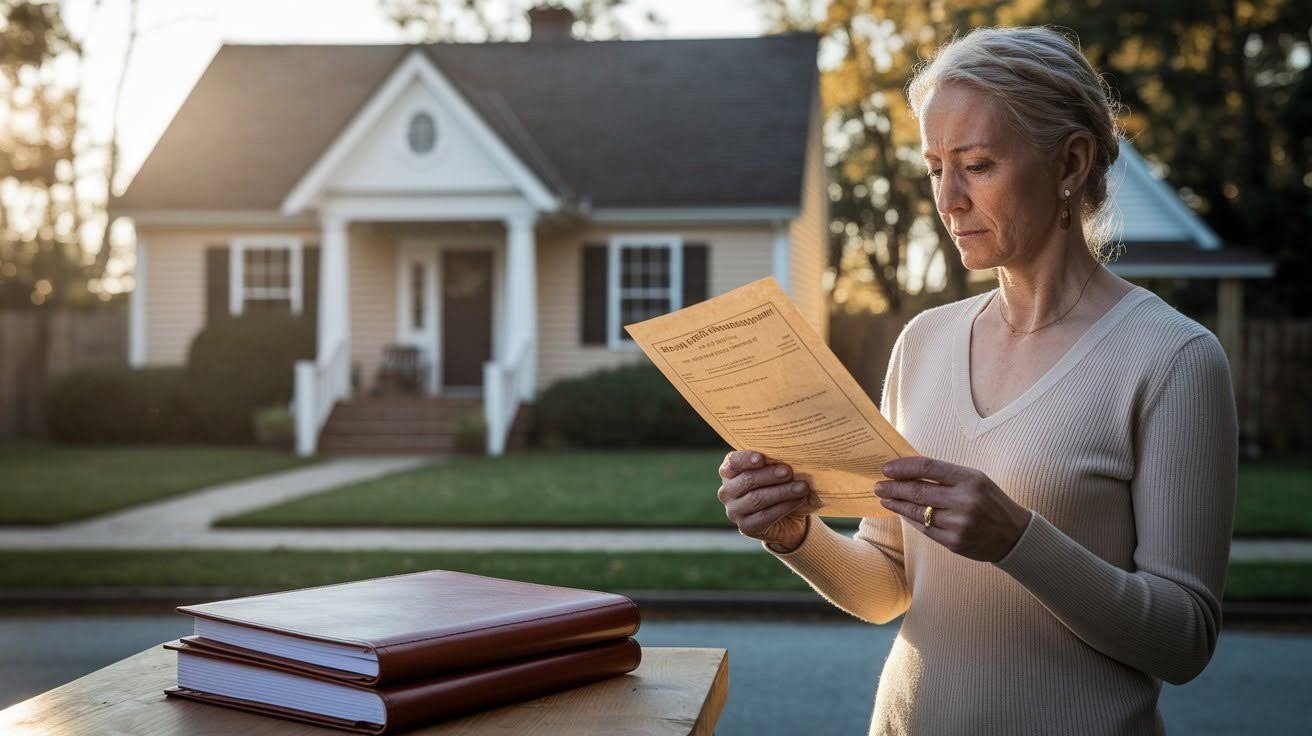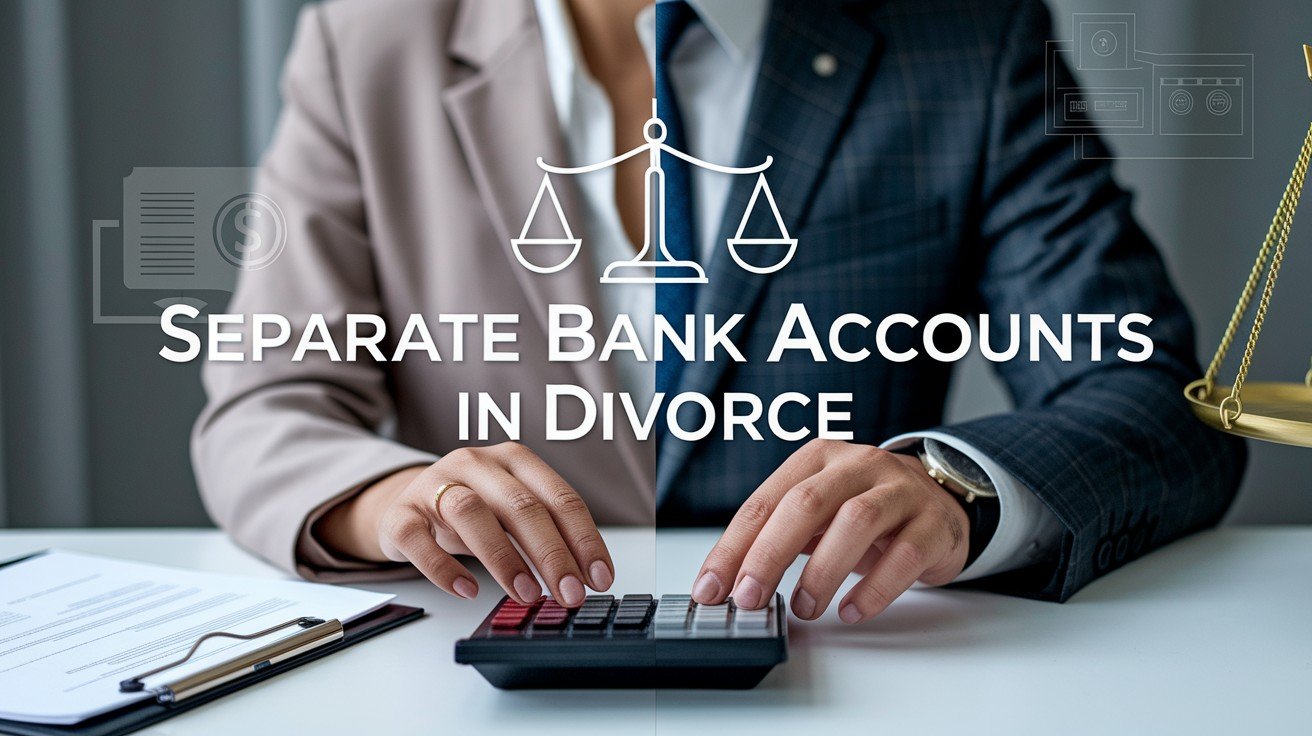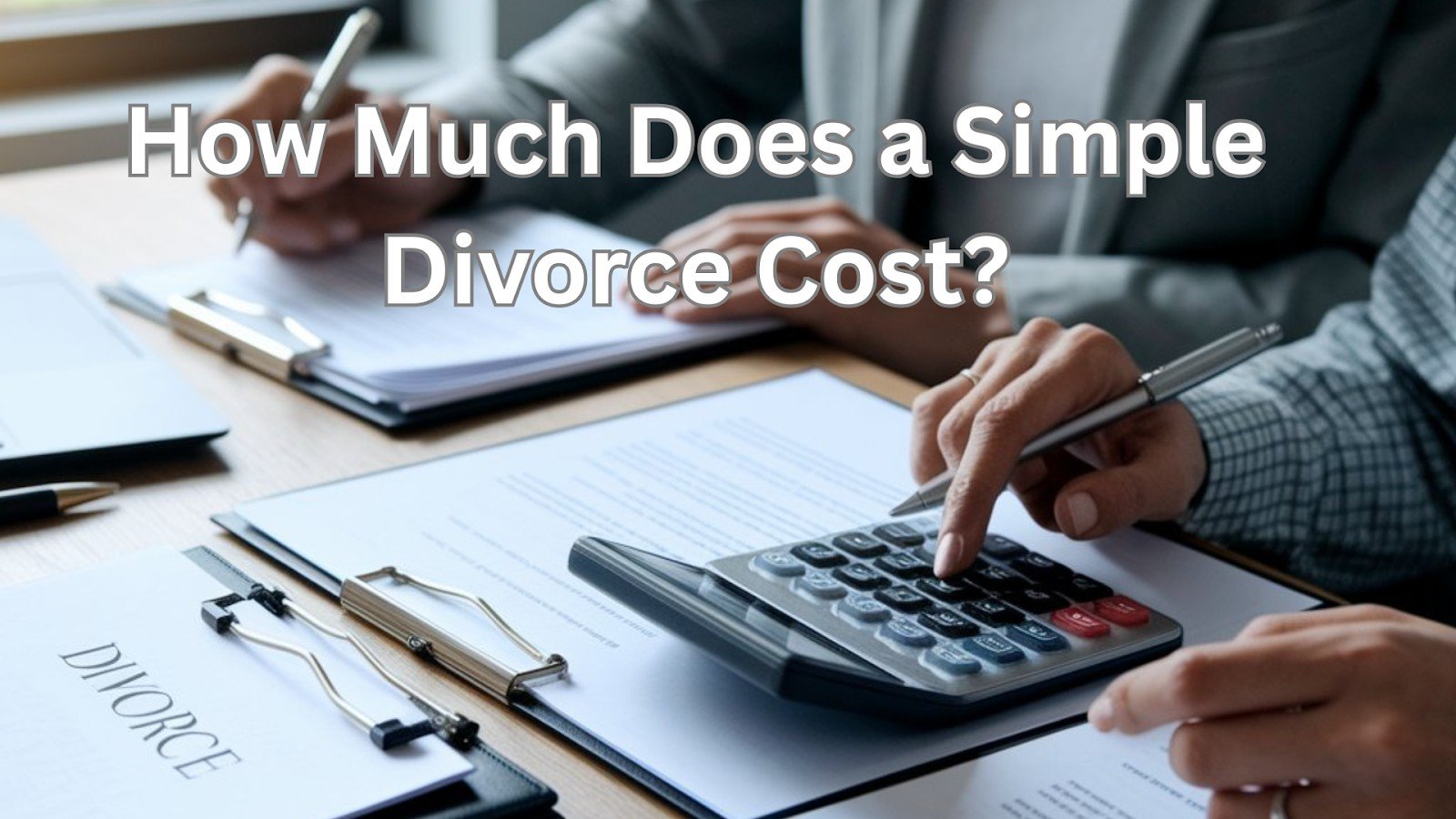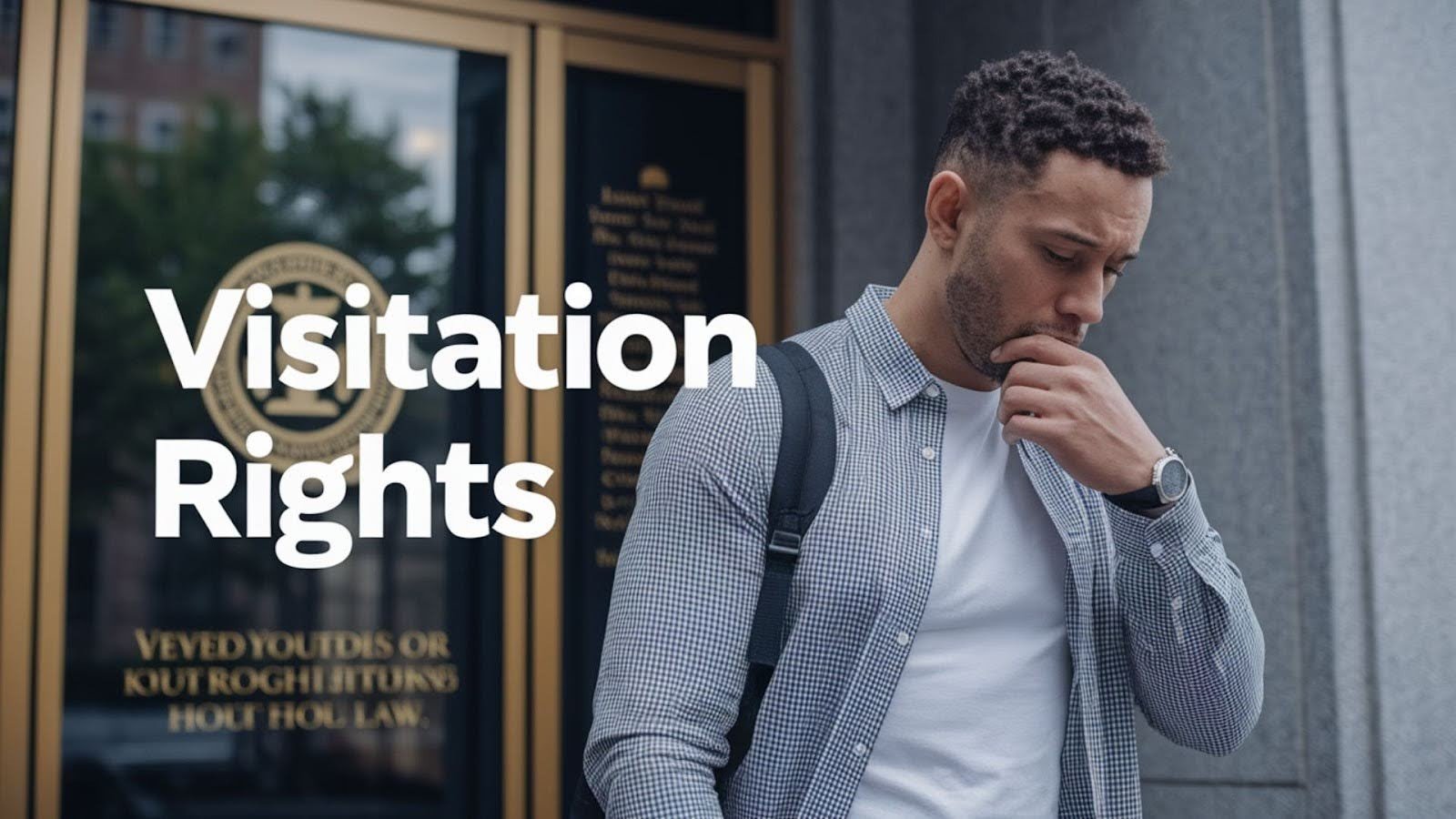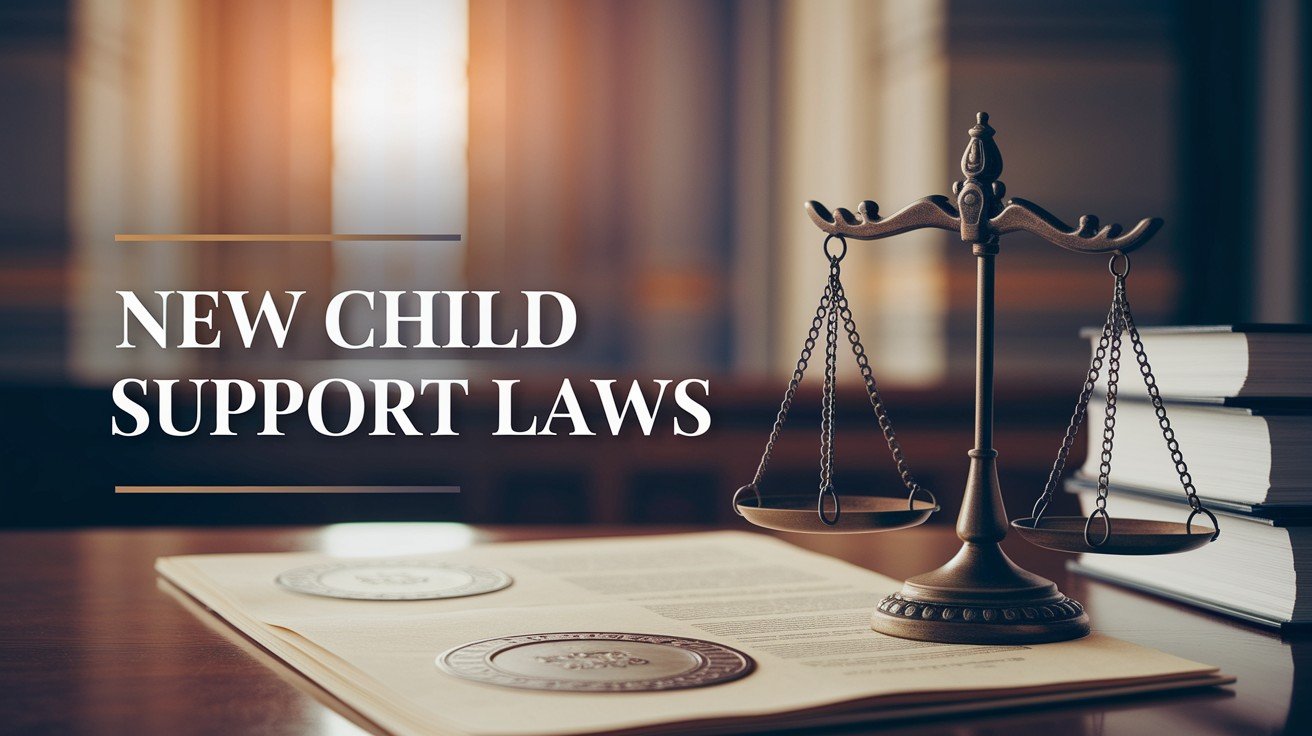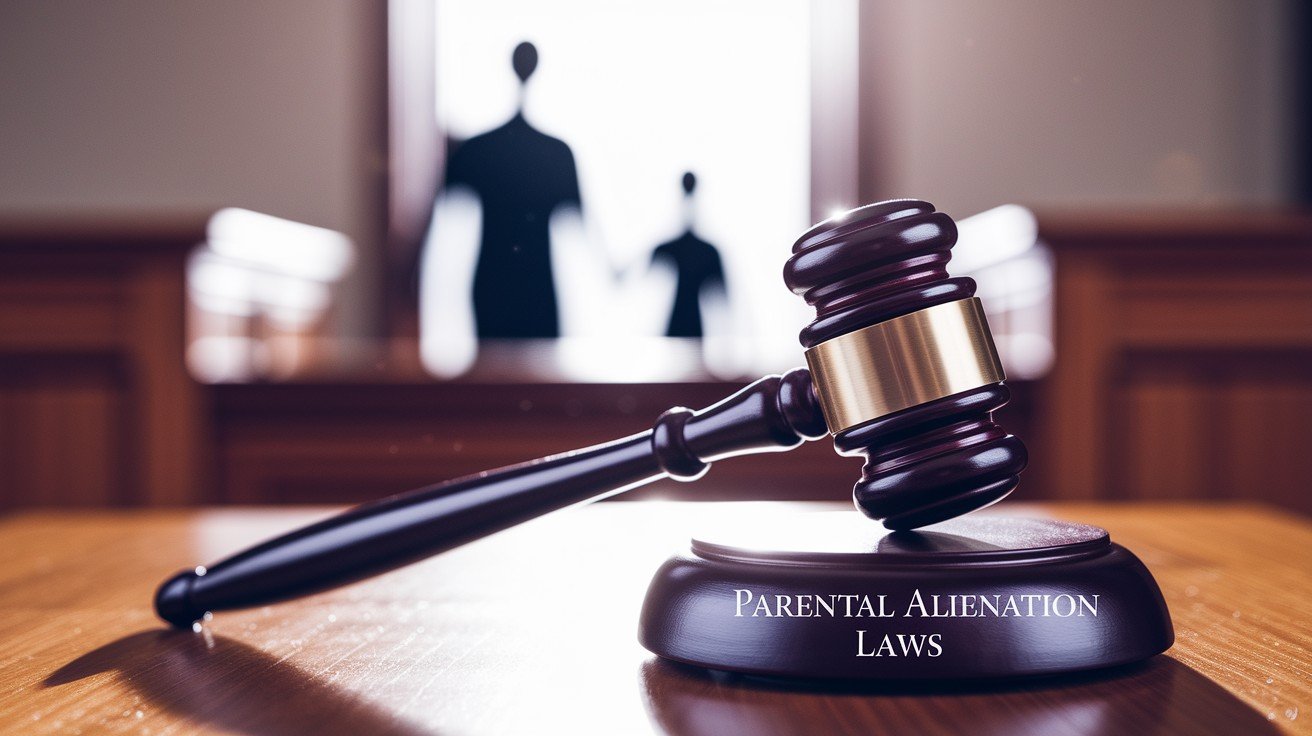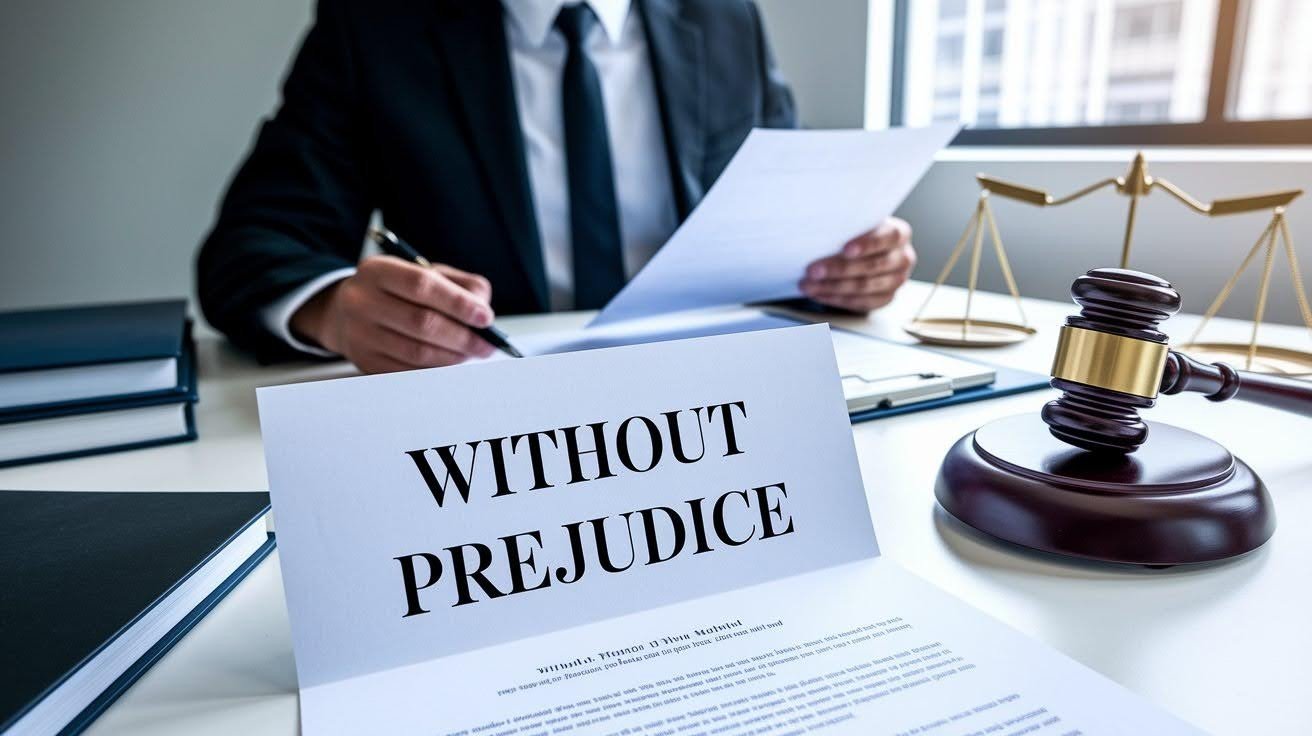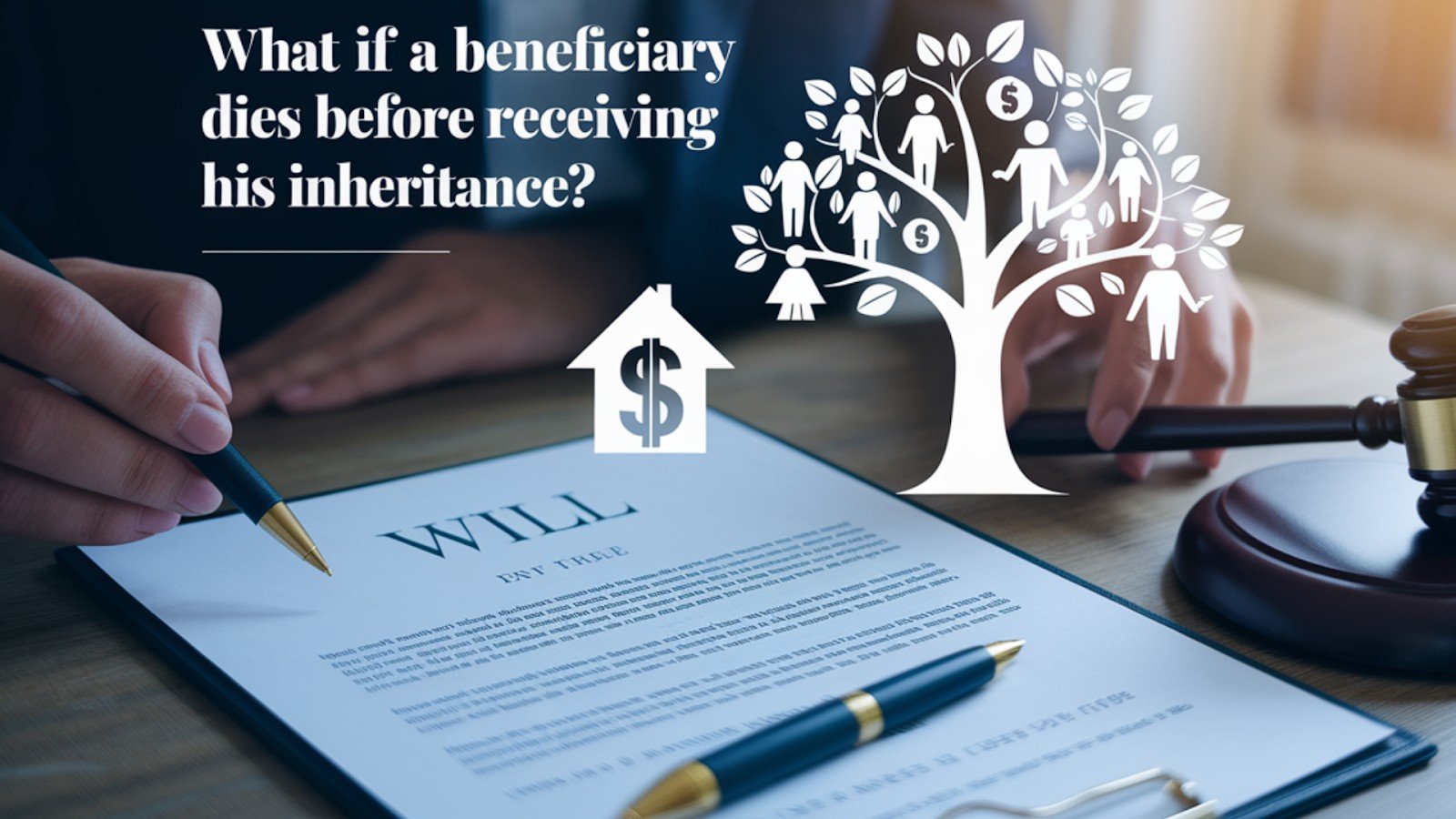When my neighbor Sarah inherited half her mother’s house, she did not realize her brother could force a sale. As a real estate professional, I have helped many families avoid painful property disputes like this.
This article explains what happens when two names are on a deed and one person dies. You will learn the three main types of joint ownership, what paperwork is required, and how to protect your property investment.
Millions of people face these situations without knowing their rights. Choosing the wrong ownership type can cost your family thousands in legal fees and lost value.
I have reviewed hundreds of real property cases and state laws to give you clear and reliable information. You will know the right steps to take and when to seek help. Your home is your biggest asset.
What Happens When One Owner Dies?

When a co-owner dies, immediately find the property deed, determine your ownership type, get a certified death certificate, and contact your county recorder’s office.
Immediate Steps After Death Occurs
The first hours after a co-owner dies can feel overwhelming. Your mind races with questions about what happens next. But taking the right steps early will save you time and stress later.
Start by finding the original property deed in a safe place. Read it carefully to determine your ownership type. This single document tells you everything about what happens next and what rights you have.
Get a certified death certificate from the vital records immediately. Then contact your local county recorder’s office for specific guidance on your situation. They’ll walk you through the exact steps required in your area.
Joint Tenancy Death Process
Good news if you own property as joint tenants. The law makes this process simple and fast because your co-owner’s death automatically makes you the sole owner. No probate court means no waiting and lower costs.
Getting the right paperwork together is your first job. You’ll need a certified death certificate, Affidavit of Death of Joint Tenant form, your original property deed, and the legal property description from county records.
Take all your documents to the County Recorder’s office in person if possible. Submit your completed documents, pay the required fees, and get copies of your new deed showing sole ownership. Filing fees usually cost between twenty and one hundred dollars.
Tenancy in Common Death Process
This ownership type creates a completely different situation. Your co-owner’s share goes to their estate through probate court, and their heirs become your new co-owners.
The probate court handles the transfer process. This takes months or years to complete while the court validates the will, pays debts, and distributes property to heirs.
You can buy out the heirs, sell the property, continue co-ownership, or request a court-ordered partition sale. Buying out the heirs works best if you want to keep the property.
Legal and Financial Implications

Property transfers after death create different tax consequences depending on ownership type, with step-up in basis rules affecting inherited shares differently than original owner shares.
Tax Consequences of Property Transfer
Property transfers after death create important tax situations that many families overlook. The surviving owner needs to understand how different ownership types affect their future tax liability. These tax rules can significantly impact your finances when you eventually sell the property.
Step-up in basis rules provide tax benefits for inherited property shares. This means heirs get a new, higher cost basis equal to the property’s value at death. However, original owners keep their original purchase price basis for calculating future capital gains taxes.
Understanding these tax implications helps you make better financial decisions. The difference between stepped-up basis and original basis can mean thousands of dollars in taxes when you sell.
Joint Tenancy Tax Issues
Surviving owners in joint tenancy face specific tax challenges that catch many people off guard. You only get a step-up in basis for the deceased owner’s half of the property. Your original half keeps the purchase price you paid years ago for future capital gains calculations.
This mixed basis situation creates complex tax planning needs. When you sell, half the property gets favorable tax treatment while your half faces potentially large capital gains taxes. The longer you’ve owned the property, the bigger this tax difference becomes.
Professional tax advice becomes essential for expensive properties. The wrong tax planning can cost thousands when you eventually sell the property, especially in areas where real estate values have increased significantly over time.
Tenancy in Common Tax Implications
Heirs who inherit property shares receive favorable tax treatment under current law. They get a step-up in basis for their inherited portion, meaning much less capital gains tax when they eventually sell. This tax advantage makes inherited property shares very valuable from a tax perspective.
The surviving original owner keeps their original basis, creating different tax situations for each new co-owner. This means some owners face high capital gains taxes while others face little or no tax on the same property sale.
Estate taxes might apply to the deceased owner’s share before it transfers to heirs. Large estates face federal and sometimes state estate taxes, which can reduce the amount actually inherited and complicate the property transfer process.
Creditor Rights and Property Protection

Different ownership types provide different levels of protection from creditors. Understanding these protections helps you choose the right ownership structure and plan for potential financial problems.
When Creditors Can Reach Property?
Existing liens and mortgages stay with the property regardless of ownership changes. When a co-owner dies, any debts secured by the property remain attached. The surviving owner or new heirs must continue making payments or face foreclosure.
Pre-existing debts of deceased owners might affect property transfers in unexpected ways. Bankruptcy proceedings can complicate automatic transfers even in joint tenancy situations. Courts may need to review the transfer to protect creditor interests.
Individual debts of one owner can sometimes affect their ownership share. The timing of when debts were created matters for creditor collection rights. Creditors may have different abilities to reach the property depending on when liens were filed.
Asset Protection Strategies
Proper ownership structure selection provides important financial protection against creditors. Tenancy by the entirety offers the strongest protection for married couples, while tenancy in common offers the least protection.
Insurance coverage and legal consultation become crucial for valuable properties. Professional guidance ensures your ownership choice supports your overall financial protection goals.
Estate planning integration helps coordinate all your asset protection strategies into one comprehensive plan. Each ownership type creates different levels of vulnerability to creditor collection efforts.
Conclusion
Now you know exactly what happens when two names on a deed, one person dies. The outcome depends entirely on your ownership type. Joint tenancy transfers automatically, while tenancy in common requires probate court.
You’re prepared to handle this situation if it happens to your family. Remember to find your deed first, get the death certificate, and contact your county recorder for guidance. Each ownership type has different steps and timelines.
I’ve walked families through these situations for years, and preparation makes all the difference. The right paperwork and understanding your options prevent costly delays and family disputes.
Have you checked your property deed recently? Share this guide with family members who co-own property. Knowing your ownership type today can save thousands in legal fees tomorrow.
Stay informed and protect your investment.
Frequently Asked Questions
What happens when two names on a deed, one person dies?
The outcome depends on your ownership type. Joint tenancy automatically transfers full ownership to the survivor. Tenancy in common sends the deceased owner’s share to their estate through probate court, making their heirs your new co-owners.
Does joint ownership avoid probate when one owner dies?
Yes, if you own property as joint tenants with rights of survivorship or tenancy by the entirety. The property automatically transfers to the surviving owner without probate court involvement. However, tenancy in common requires probate proceedings.
Can the surviving owner sell property immediately after the co-owner dies?
Only with joint tenancy or tenancy by the entirety ownership. The survivor gains full control and can sell, refinance, or transfer immediately. With tenancy in common, you must wait for probate completion or get agreement from the new co-owners.
What paperwork is needed when a joint owner dies?
You need a certified death certificate, an Affidavit of Death of Joint Tenant form, the original property deed, and a legal property description. File these documents with your County Recorder’s office along with the required fees to update ownership records.
Do I inherit my co-owner’s debts when they die?
No, you don’t inherit personal debts. However, existing liens or mortgages on the property remain attached. With tenancy in common, creditors may claim against the deceased owner’s share through their estate before it transfers to heirs.

